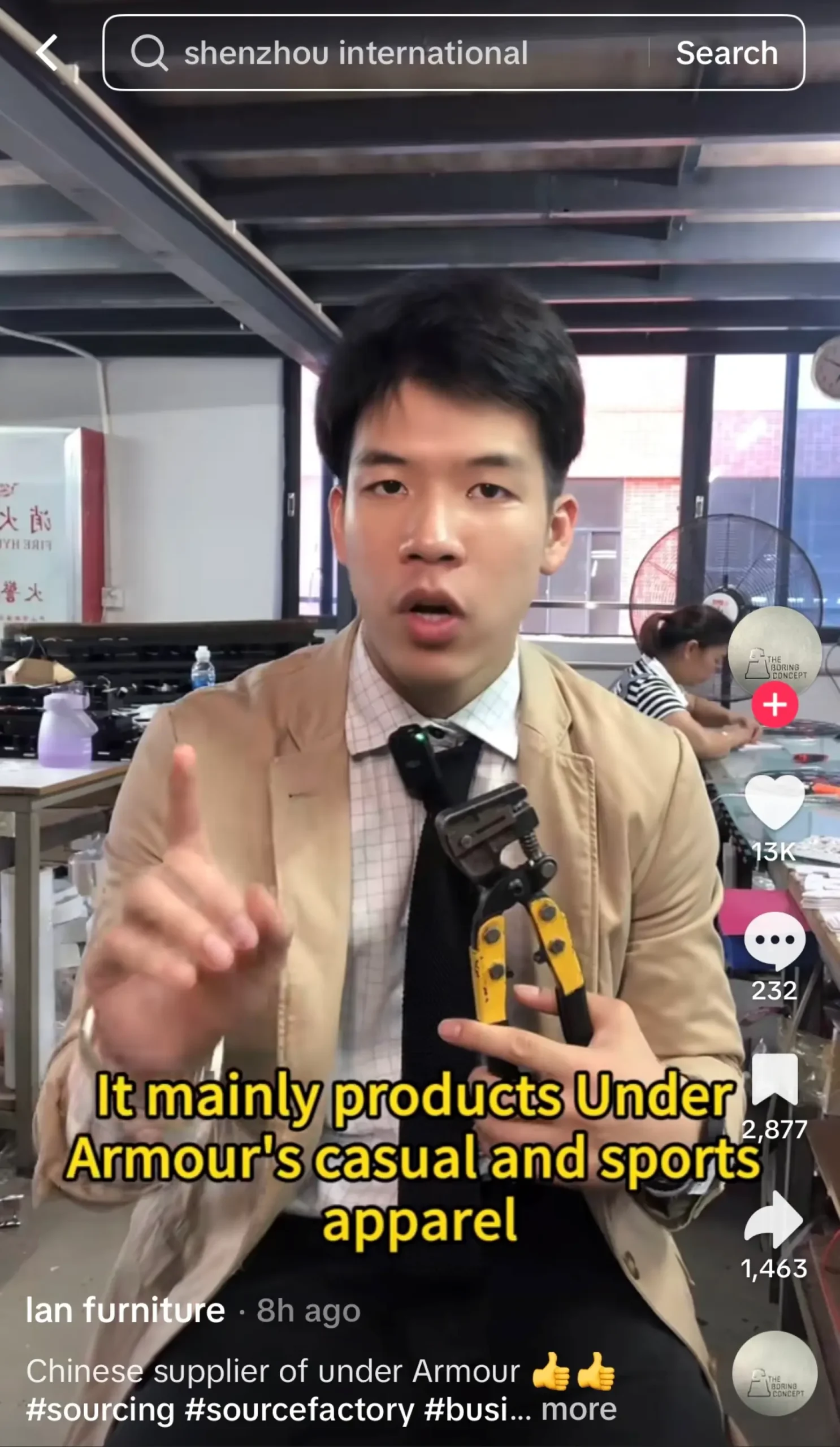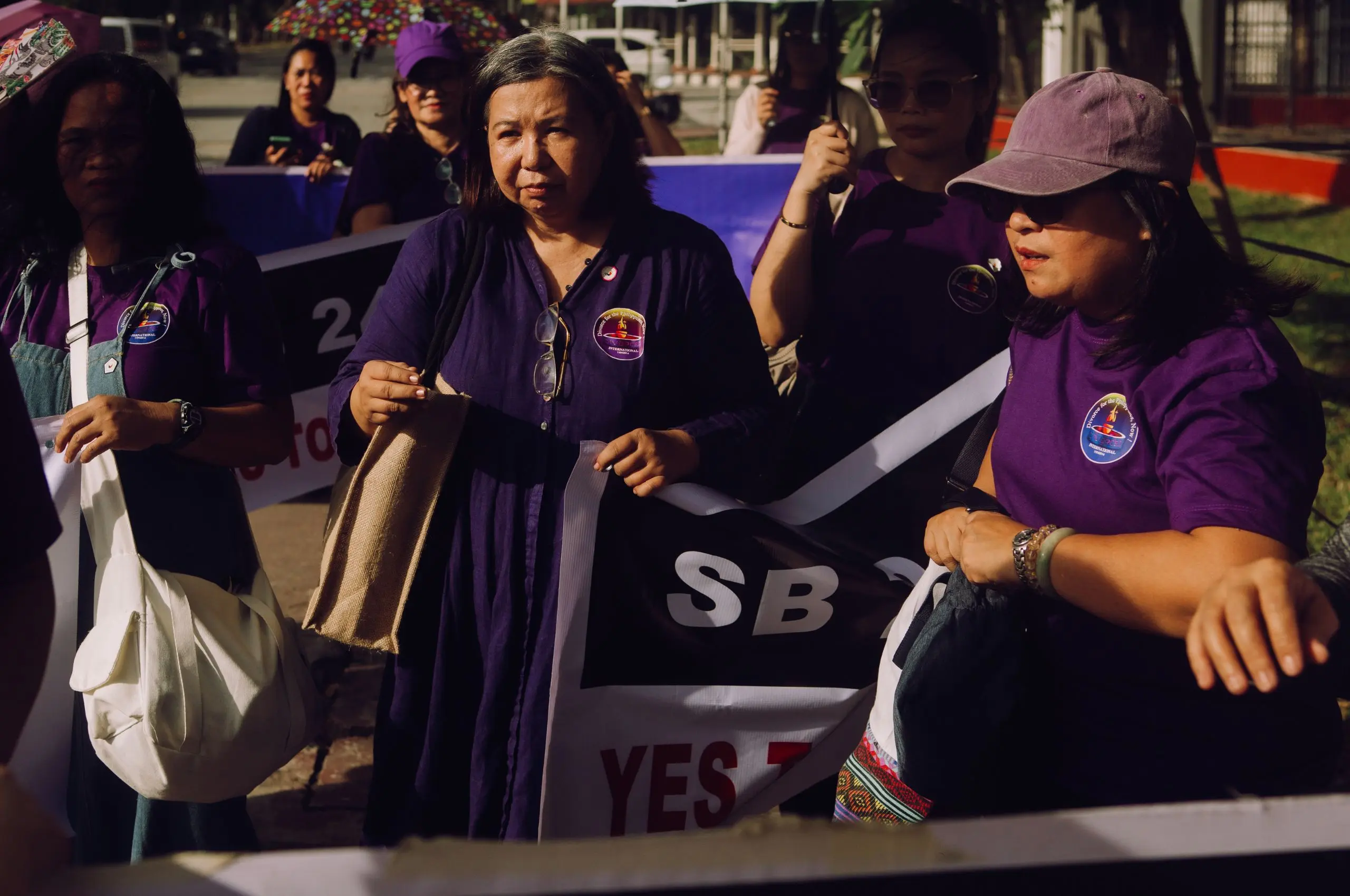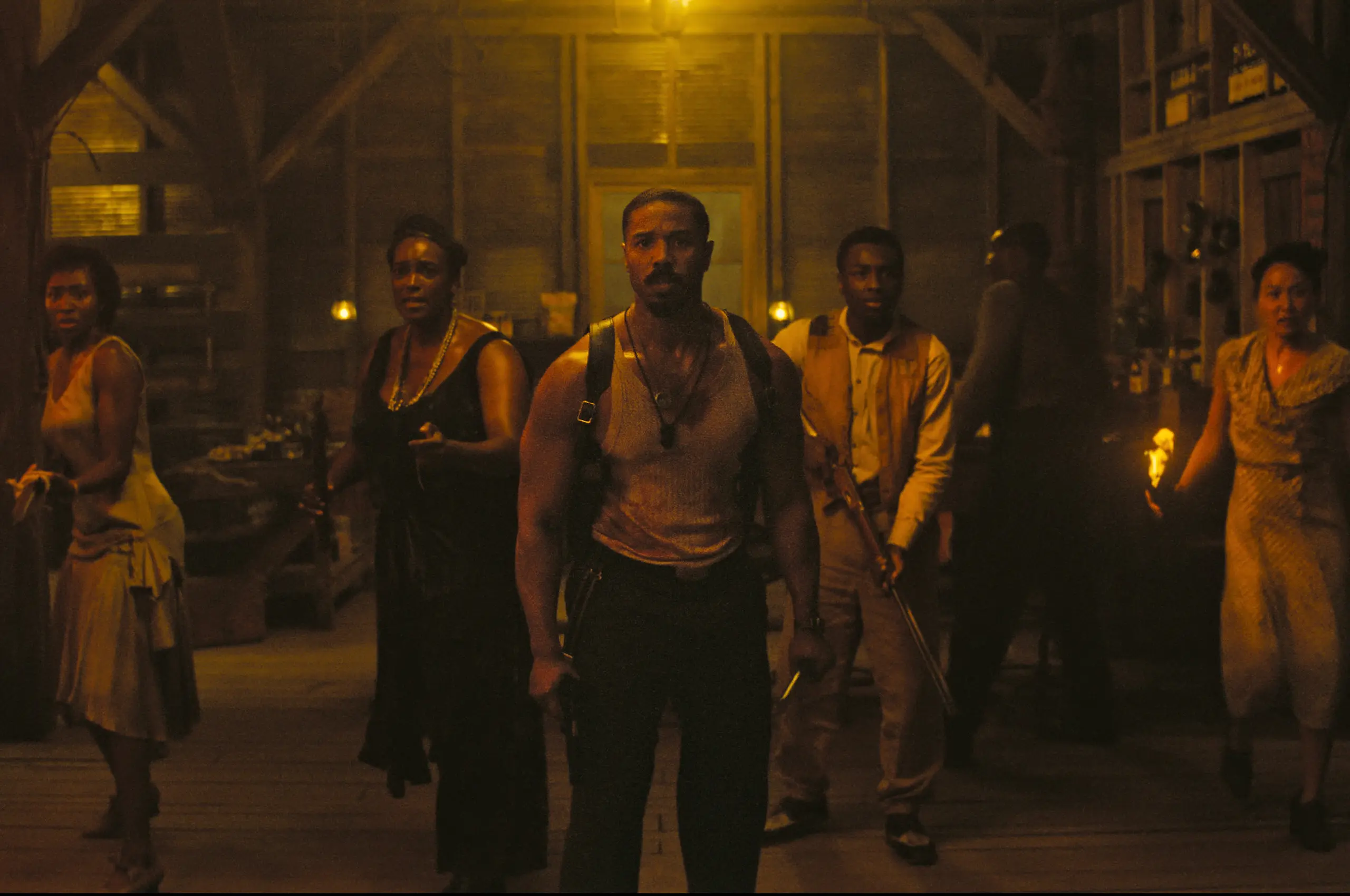The United States has raised tariffs on imports from China to 145 percent, and Chinese content creators and manufacturers are fighting back. In its latest move in the trade war, Beijing has halted the export of rare earth minerals and magnets. Now, manufacturers are joining the fray, exposing luxury goods for being mass-produced in China for cheaper than their retail prices.
Since U.S. President Donald Trump first announced reciprocal tariffs on April 2, China and the U.S. have volleyed retaliatory measures at each other. From the initial 34 percent, the U.S.’s tariffs on Chinese goods were raised to 145 percent, while China’s tariffs on U.S. goods increased from the initial 34 percent to 125 percent over the weekend. To ease spending for American tech companies like Apple, electronics are exempted from the U.S.’s tariffs on China. The same cannot be said for luxury goods.
TikTok creator LunaSourcingChina has built a platform educating consumers about the Chinese factories manufacturing Western luxury goods.
“There’s nothing a Chinese factory can’t make,” she said in one video, where she revealed that the products of high-end American clothing brands Brooks Brothers and Tommy Hilfiger are made in Guangdong, China.
@lunasourcingchina Name one thing that China CANNOT make! #chinasourcing #sourcingtips #sourcingagent #yiwuagent #yiwuminigoods #yiwumarkets #Lunasourcingchina #chinasource #brooksbrothers #shirt #shirtmanufacturer #premiumshirt #tommyhilfiger #hugoboss #lacoste🐊 #factory#chinashipping #wholesale #luxury #jewelryaccessories #alibaba #directfactory #chinasupplier ♬ original sound – LunaSourcingChina
Another creator, Ian Furniture, said that Chinese clothing manufacturing company Shenzhou International produces clothes for American sportswear brands like Under Armour, Lululemon, and Nike. “An Under Armour shirt will cost you $40 to $50,” he said. “But here, you only need [to pay] less than a fifth of the price.”

While the U.S. has imposed a 17 percent tariff on goods imported from the Philippines, Manila’s tariffs on U.S. products are twice as heavy, at 34 percent.
Still, the Philippines is considering lowering its tariffs on American goods with the hopes that the U.S. will do the same. Trade Secretary Ma. Cristina Roque said that the Association of Southeast Asian Nations is working to negotiate with Trump and strike a trade deal that would boost Philippine exports.
Who’s Paying?
In another TikTok, LunaSourcingChina said that neither the Chinese government nor China’s factories pay for the tariffs.
“The cost falls on businesses and consumers,” she said. “Factories won’t absorb the losses. They are not in the business of losing money. And importers won’t take the hit either. They will just pass the cost down the supply chain.”
“Who’s left to pay more at checkout? You, the consumer.”
She’s not wrong. According to a study by the University of California Los Angeles, companies and buyers bore the burden of tariffs imposed on the European Union and China in 2018 and 2019, with the U.S. economy suffering a net loss of around $16 billion each year.
In the Philippines, analysts still forecast growth in the economy, but the country’s gross domestic product (GDP) may not reach any goalposts. The Department of Budget and Management’s Development Budget Coordination Committee (DBCC) has a GDP target band of six to eight percent for 2025. But financial research group Nomura Global Markets Research lowered its GDP forecast for 2025 to 5.9 percent from the previous six percent after Trump announced the tariffs in early April.





